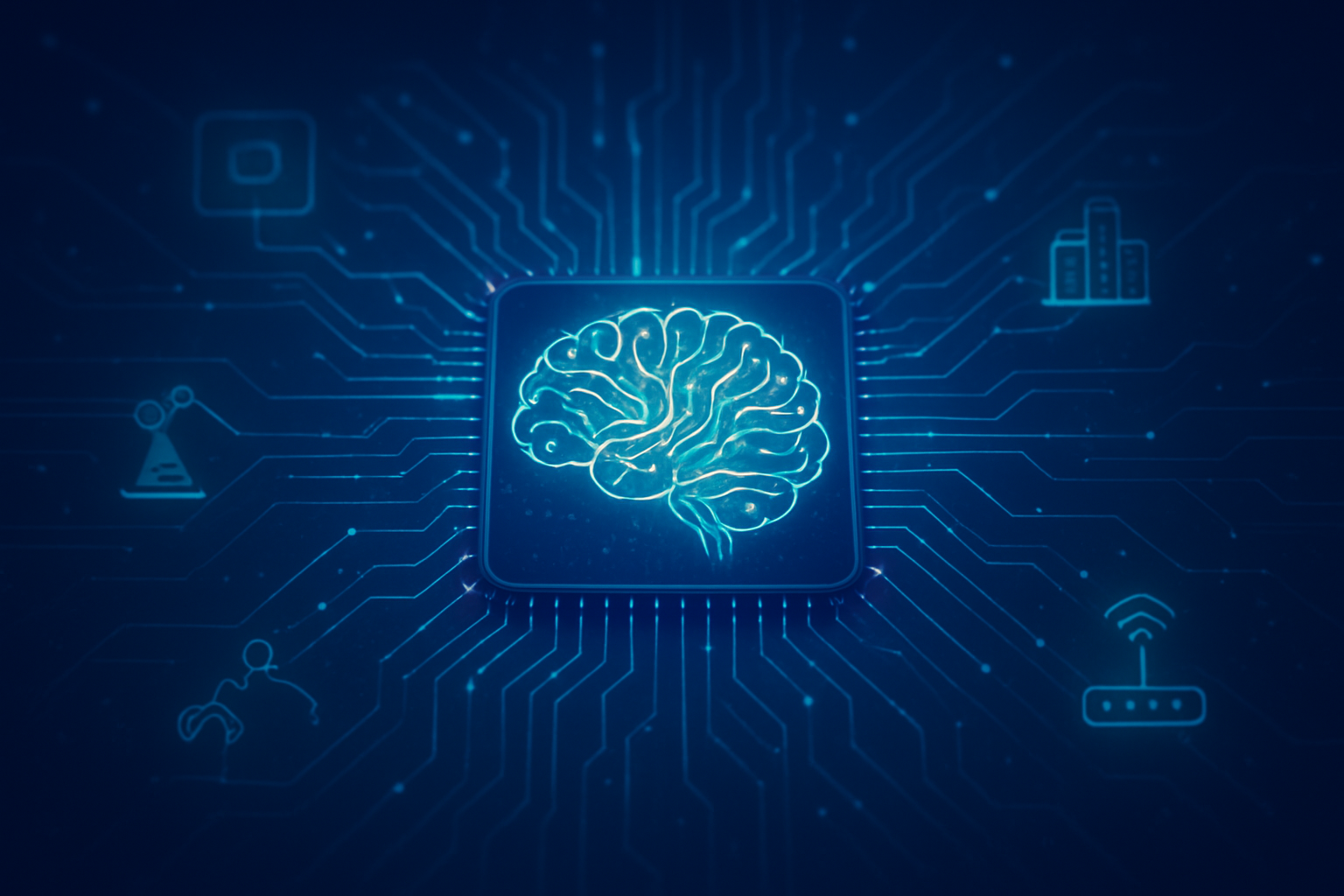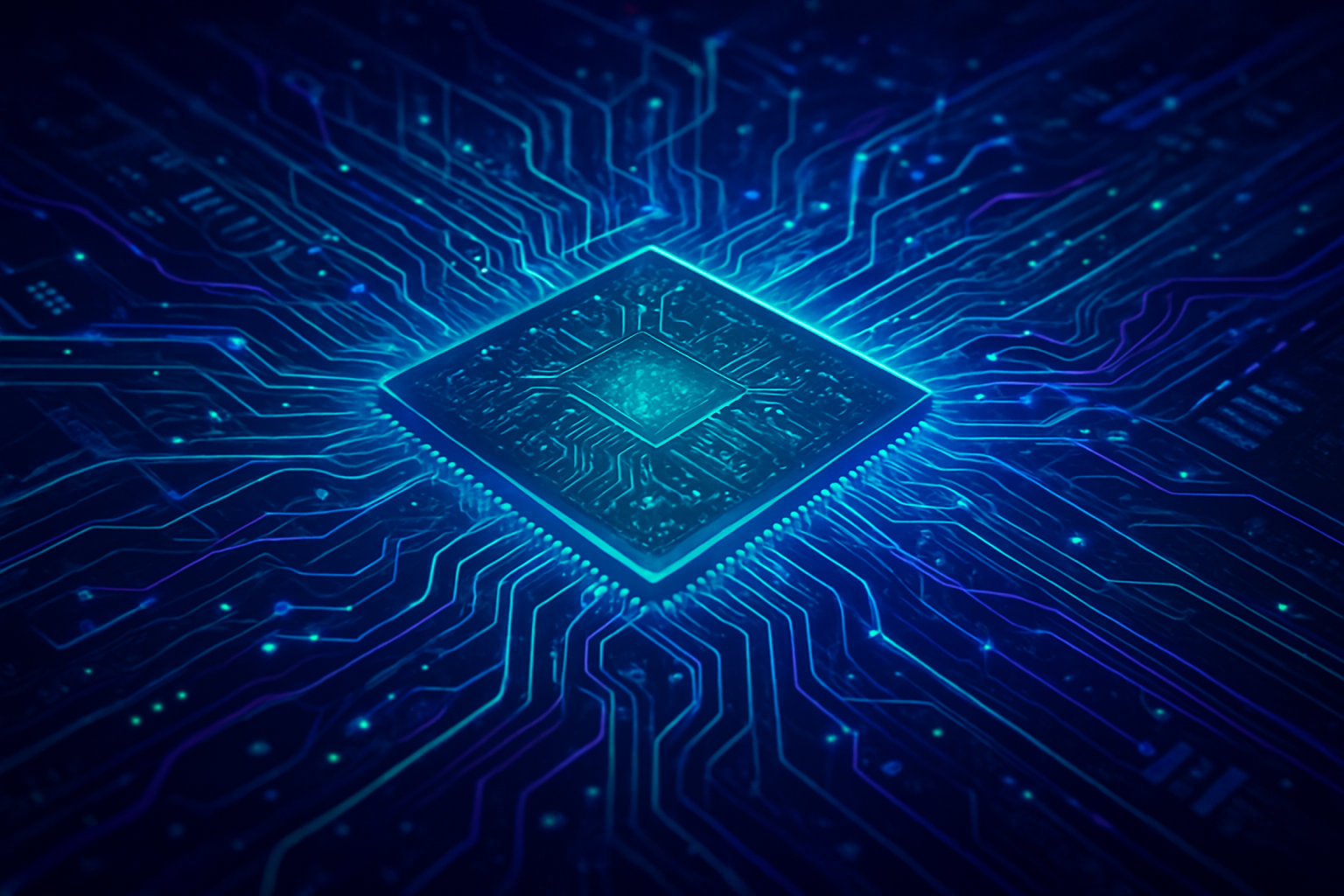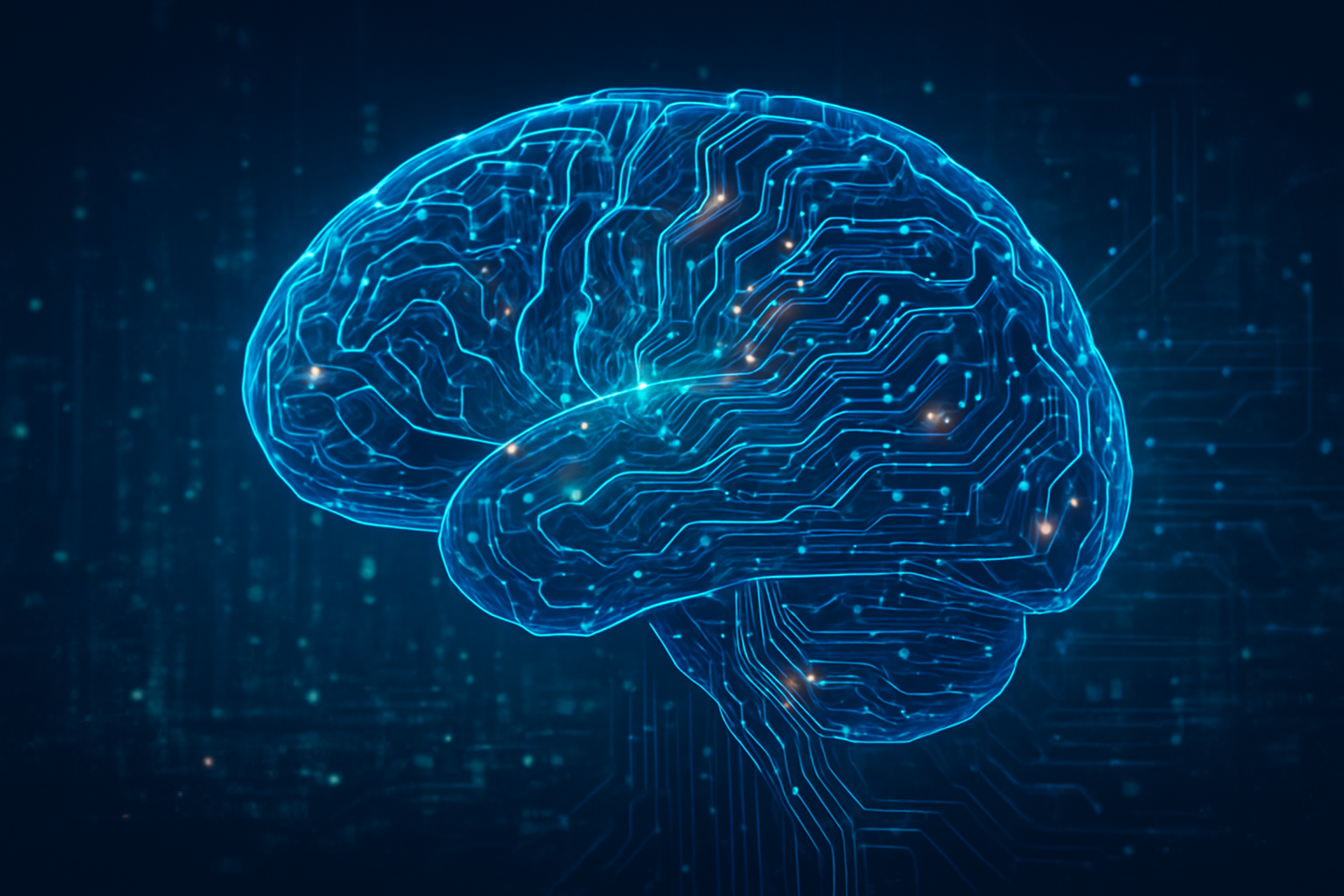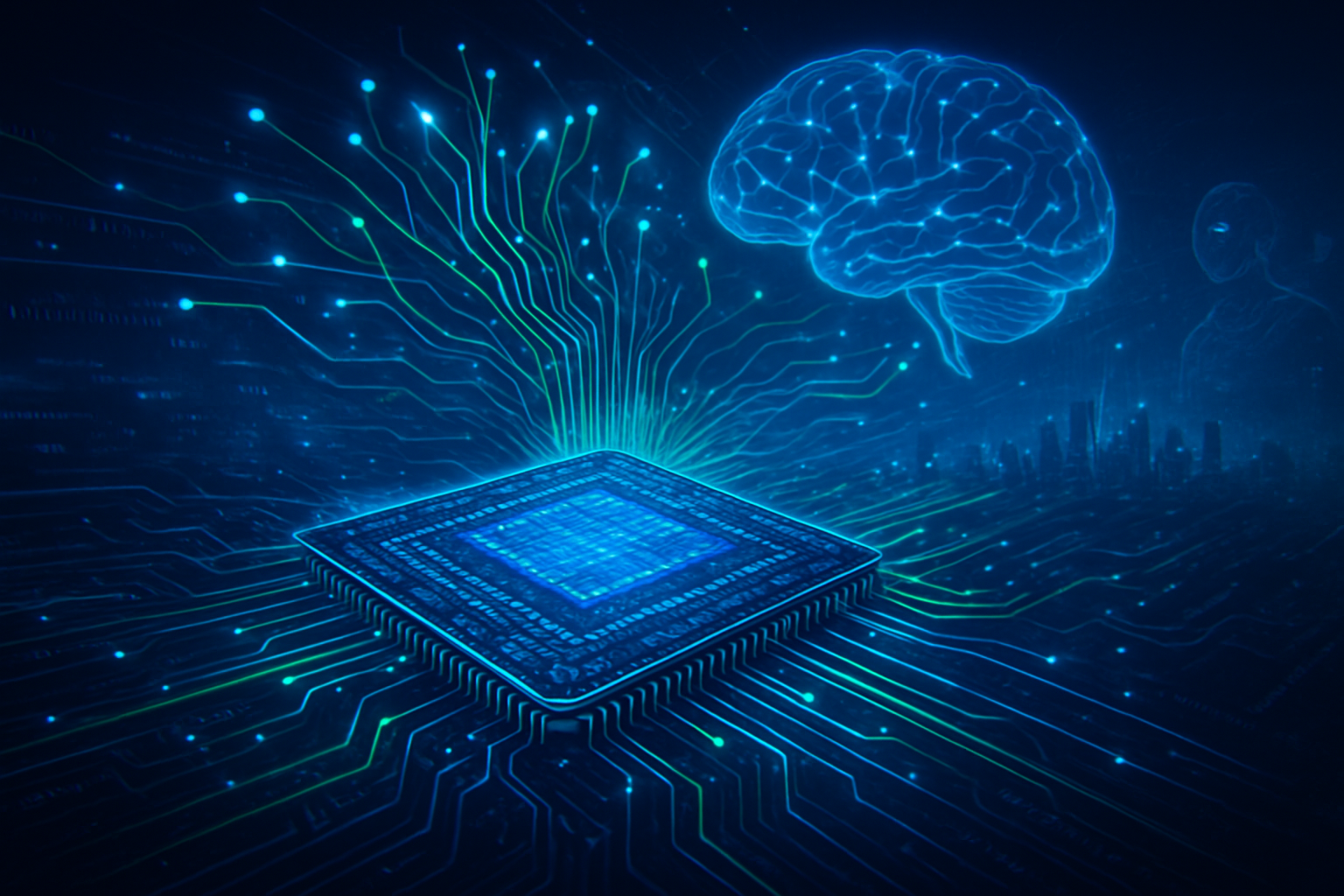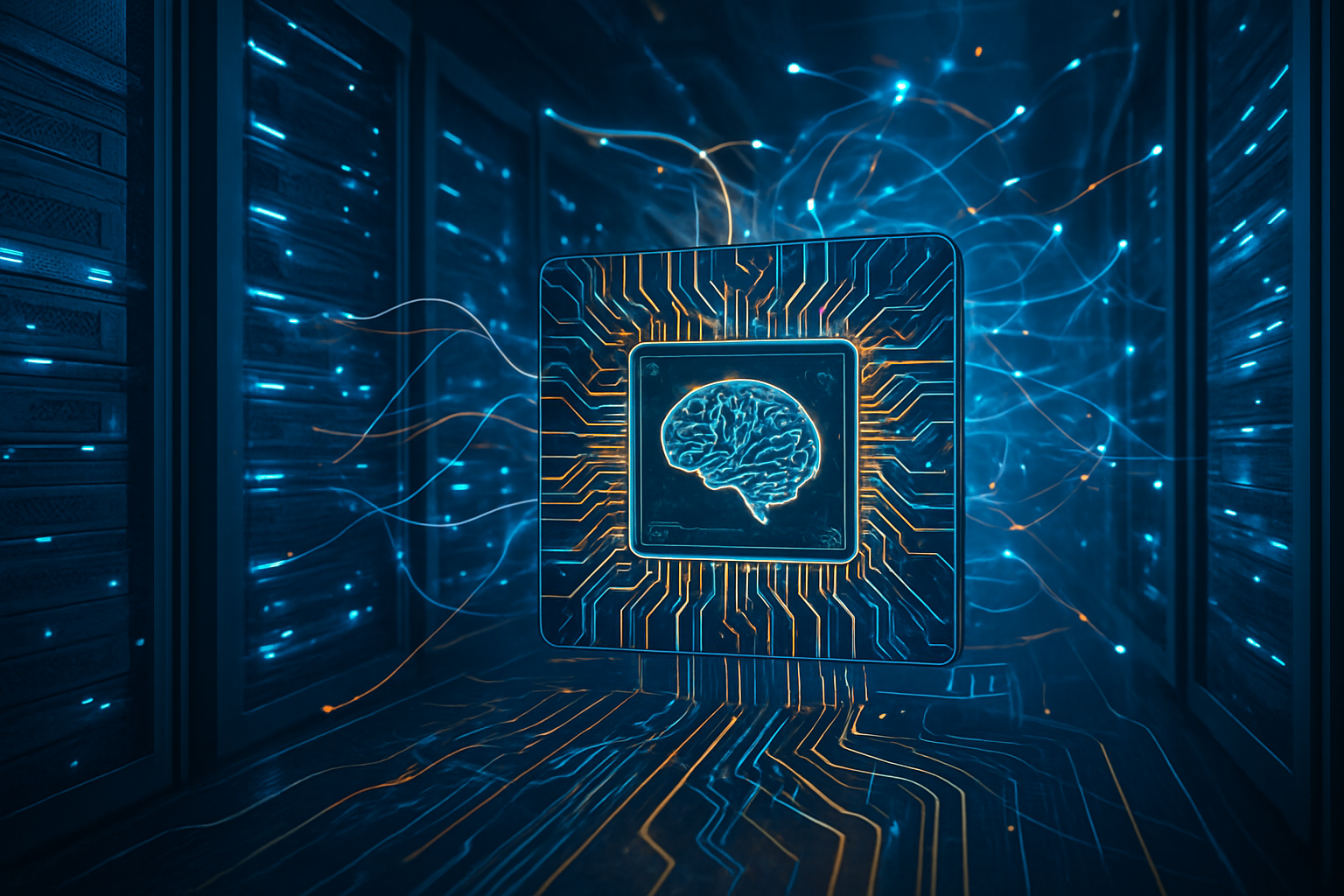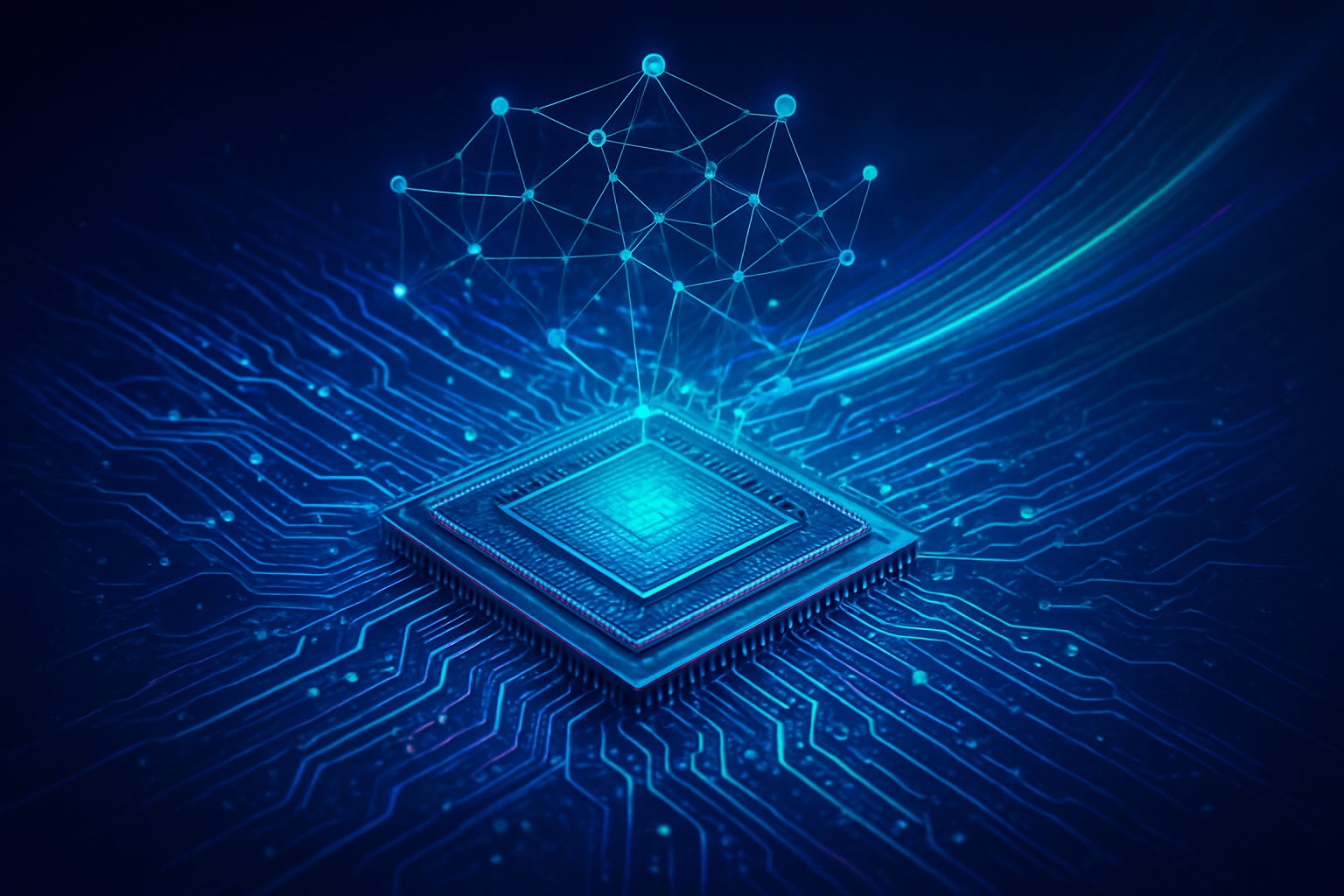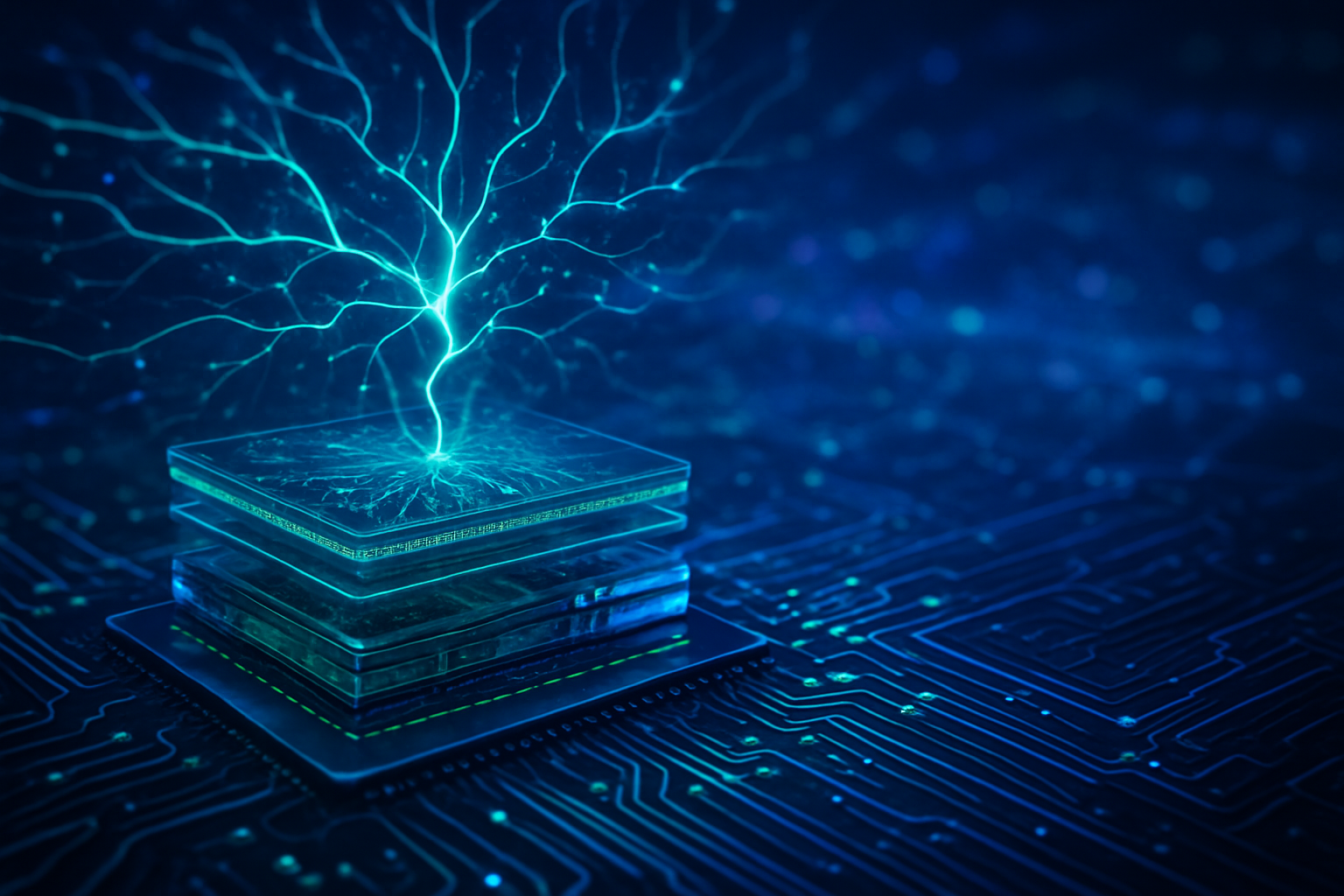The landscape of artificial intelligence is undergoing a profound transformation with the emergence of neuromorphic chips, a revolutionary class of hardware designed to mimic the human brain's unparalleled efficiency. These innovative chip architectures are poised to fundamentally reshape on-device AI, enabling sophisticated intelligence directly at the edge—where data is generated—with unprecedented energy efficiency and real-time responsiveness. This development marks a significant departure from traditional computing paradigms, promising to unlock new capabilities across a myriad of industries.
The immediate significance of neuromorphic chips lies in their ability to address the growing computational and energy demands of modern AI. By processing information in an event-driven, parallel manner, much like biological neurons, these chips drastically reduce power consumption and latency, making advanced AI feasible for battery-powered devices and latency-critical applications that were previously out of reach. This shift from power-hungry, cloud-dependent AI to localized, energy-efficient intelligence heralds a new era for autonomous systems, smart devices, and real-time data analysis.
Brain-Inspired Brilliance: Unpacking Neuromorphic Architecture
At its core, neuromorphic computing is a paradigm shift inspired by the brain's remarkable ability to process vast amounts of information with minimal energy. Unlike traditional Von Neumann architectures, which separate the central processing unit (CPU) from memory, neuromorphic systems integrate memory and processing units closely together, often within the same "neuron" and "synapse" components. This fundamental difference eliminates the "Von Neumann bottleneck," a major constraint in conventional systems where constant data transfer between CPU and memory leads to significant energy consumption and latency.
Neuromorphic chips primarily employ Spiking Neural Networks (SNNs), which mimic how biological neurons communicate by transmitting discrete electrical pulses, or "spikes," only when their membrane potential reaches a certain threshold. This event-driven processing means computation is triggered asynchronously only when a significant event occurs, rather than continuously processing data in fixed intervals. This selective activation minimizes unnecessary processing, leading to extraordinary energy efficiency—often consuming 10 to 100 times less power than conventional processors for specific AI workloads. For instance, Intel's Loihi 2 chip can simulate over one million neurons using just 70 milliwatts, and BrainChip's (ASX: BRN) Akida processor achieves 0.3 milliwatts per inference for keyword spotting.
These chips also boast massive parallelism, distributing computation across numerous small elements (artificial neurons), allowing many operations to occur simultaneously. This is ideal for cognitive tasks like pattern recognition and sensory data interpretation. Real-world applications are already emerging: Prophesee's event-based vision sensors, combined with neuromorphic chips, can detect pedestrians 20ms faster than conventional cameras, crucial for autonomous vehicles. In industrial IoT, Intel's (NASDAQ: INTC) Loihi 2 accelerates defect detection in smart factories, reducing inspection time from 20ms to just 2ms. This capability for real-time, low-latency processing (often under 100 milliseconds, sometimes even less than 1 millisecond) significantly outperforms traditional GPUs and TPUs, which typically experience latency issues due to batch processing overhead. Furthermore, neuromorphic chips support synaptic plasticity, enabling on-chip learning and adaptation directly on the device, a feature largely absent in most traditional edge AI solutions that rely on cloud-based retraining.
Shifting Sands: Competitive Implications and Market Disruption
The rise of neuromorphic chips is creating a dynamic competitive landscape, attracting both established tech giants and agile startups. The global neuromorphic computing market, valued at USD 28.5 million in 2024, is projected to reach USD 1,325.2 million by 2030, reflecting an astounding compound annual growth rate (CAGR) of 89.7%. This rapid growth underscores the disruptive potential of this technology.
Leading the charge are major players like Intel (NASDAQ: INTC), with its Loihi research chips and the recently unveiled Hala Point, the world's largest neuromorphic system boasting 1.15 billion artificial neurons. IBM (NYSE: IBM) is another pioneer with its TrueNorth system. Qualcomm Technologies Inc. (NASDAQ: QCOM), Samsung Electronics Co., Ltd. (KRX: 005930), and Sony Corporation (TYO: 6758) are also actively investing in this space. However, a vibrant ecosystem of specialized startups is driving significant innovation. BrainChip Holdings Ltd. (ASX: BRN) is a prominent leader with its Akida processor, optimized for ultra-low-power AI inference at the edge. SynSense, GrAI Matter Labs, and Prophesee SA are also making strides in event-based vision and sensor fusion solutions. Companies like SK Hynix Inc. (KRX: 000660) and Micron Technology, Inc. (NASDAQ: MU), memory manufacturers, stand to benefit significantly from their research into novel memory technologies crucial for in-memory computing in neuromorphic architectures.
Neuromorphic chips pose a significant disruptive force to existing AI hardware markets, particularly those dominated by GPUs. While GPUs remain indispensable for training large AI models, neuromorphic chips are challenging their dominance in inference tasks, especially at the edge where power and latency are critical. Their extreme energy efficiency and real-time adaptive learning capabilities reduce reliance on cloud-based processing, addressing critical privacy and latency concerns. This doesn't necessarily mean the outright replacement of GPUs; rather, a future could involve hybrid systems where neuromorphic cores handle specific low-power, real-time tasks, while GPUs or CPUs manage overall system control or heavy training workloads. Industries such as autonomous systems, industrial IoT, healthcare, and smart cities are poised to benefit most, as neuromorphic chips enable new levels of on-device intelligence previously unattainable.
A New Horizon for AI: Wider Significance and Future Trajectory
The wider significance of neuromorphic chips extends beyond mere hardware efficiency; it represents a fundamental re-architecture of computing that aligns more closely with biological intelligence. This innovation fits perfectly into the broader AI landscape, addressing critical trends like the demand for more sustainable computing, the proliferation of edge AI, and the need for real-time adaptability in dynamic environments. As traditional Moore's Law scaling faces physical limits, neuromorphic computing offers a viable path to continued computational advancement and energy reduction, directly confronting the escalating carbon footprint of modern AI.
Technologically, these chips enable more powerful and adaptable AI systems, unlocking new application areas in robotics, autonomous vehicles, advanced neuroprosthetics, and smart infrastructure. Societally, the economic growth spurred by the rapidly expanding neuromorphic market will be substantial. However, potential concerns loom. The remarkable cognitive performance of these chips, particularly in areas like real-time data analysis and automation, could lead to labor displacement. Furthermore, the development of chips that mimic human brain functions raises complex ethical dilemmas, including concerns about artificial consciousness, bias in decision-making, and cybersecurity risks, necessitating careful consideration from policymakers.
Compared to previous AI milestones, neuromorphic computing signifies a more fundamental hardware-level innovation than many past software-driven algorithmic breakthroughs. While the advent of GPUs accelerated the deep learning revolution, neuromorphic chips offer a paradigm shift by delivering superior performance with a fraction of the power, addressing the "insatiable appetite" of modern AI for energy. This approach moves beyond the brute-force computation of traditional AI, enabling a new generation of AI systems that are inherently more efficient, adaptive, and capable of continuous learning.
The Road Ahead: Challenges and Expert Predictions
Looking ahead, the trajectory of neuromorphic computing promises exciting near-term and long-term developments. In the near term, we can expect continued advancements in hardware, with chips featuring millions of neurons and synapses becoming more common. Hybrid systems that combine neuromorphic and traditional architectures will likely become prevalent, optimizing edge-cloud synergy. The exploration of novel materials like memristors and spintronic circuits will also push the boundaries of scalability and density. By 2030, experts predict the market for neuromorphic computing will reach billions of dollars, driven by widespread deployments in autonomous vehicles, smart cities, healthcare devices, and industrial automation.
Long-term, the vision is to create even more brain-like, efficient computing architectures that could pave the way for artificial general intelligence (AGI). This will involve advanced designs with on-chip learning, adaptive connectivity, and specialized memory structures, potentially integrating with quantum computing and photonic processing for truly transformative capabilities.
However, significant challenges must be overcome for widespread adoption. The software ecosystem for spiking neural networks (SNNs) is still immature, lacking native support in mainstream AI frameworks and standardized training methods. Manufacturing complexity and high costs associated with specialized materials and fabrication processes also pose hurdles. A lack of standardized benchmarks makes it difficult to compare neuromorphic hardware with traditional processors, hindering trust and investment. Furthermore, a shortage of trained professionals in this nascent field slows progress. Experts emphasize that the co-development of hardware and algorithms is critical for the practical success and widespread use of neuromorphic computing in industry.
A New Era of Intelligence: Final Thoughts
The rise of neuromorphic chips designed for efficient AI processing at the edge represents a monumental leap in artificial intelligence. By fundamentally re-architecting how computers process information, these brain-inspired chips offer unparalleled energy efficiency, real-time responsiveness, and on-device learning capabilities. This development is not merely an incremental improvement but a foundational shift that will redefine the capabilities of AI, particularly in power-constrained and latency-sensitive environments.
The key takeaways are clear: neuromorphic computing is poised to unlock a new generation of intelligent, autonomous, and sustainable AI systems. Its significance in AI history is comparable to the advent of GPU acceleration for deep learning, setting the stage for future algorithmic breakthroughs. While challenges related to software, manufacturing, and standardization remain, the rapid pace of innovation and the immense potential for disruption across industries make this a field to watch closely. In the coming weeks and months, anticipate further announcements from leading tech companies and startups, showcasing increasingly sophisticated applications and advancements that will solidify neuromorphic computing's place at the forefront of AI's next frontier.
This content is intended for informational purposes only and represents analysis of current AI developments.
TokenRing AI delivers enterprise-grade solutions for multi-agent AI workflow orchestration, AI-powered development tools, and seamless remote collaboration platforms.
For more information, visit https://www.tokenring.ai/.
